The Star Trek Original Character Named Thanks To A Map
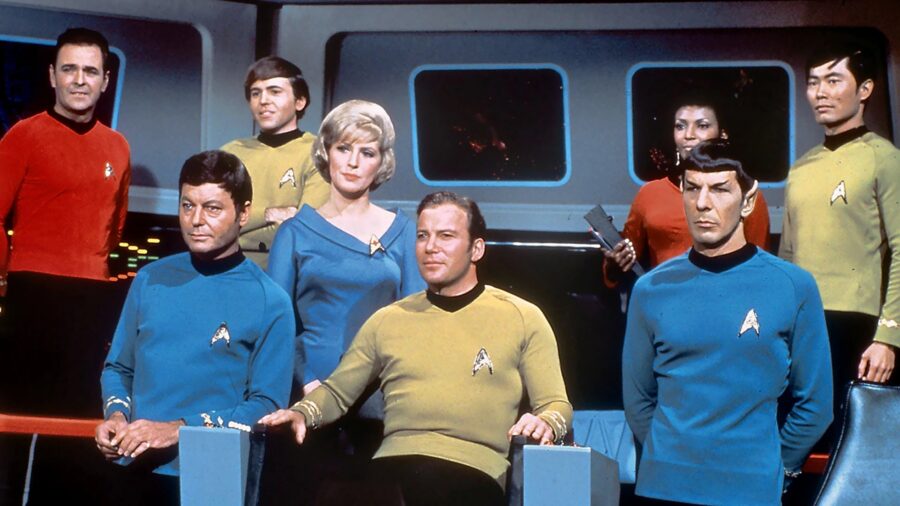
Some names from Star Trek: The Original Series need no explanation. Scotty’s surname is Scott, and he’s from Scotland. Mystery solved. Some names, however, required more work on the part of Trek creator Gene Roddenberry. For instance, Roddenberry got the name Sulu from a map.
Representing More Than One Heritage
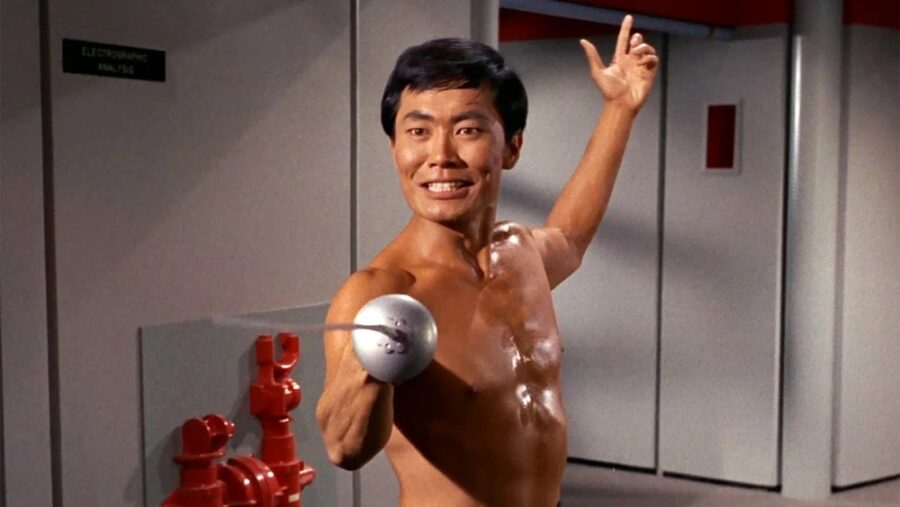
Despite the way it sounds, the choice was far from arbitrary. George Takei, who portrayed Sulu, recalls Roddenberry agonizing over what to name the Enterprise’s resident Asian.
Far from a Token character, Sulu was one of the few Asians to appear on a primetime TV series in the ’60s. As a result, Roddenberry wanted him to have a name that would represent all people of Asian heritage.
Touching All Shores
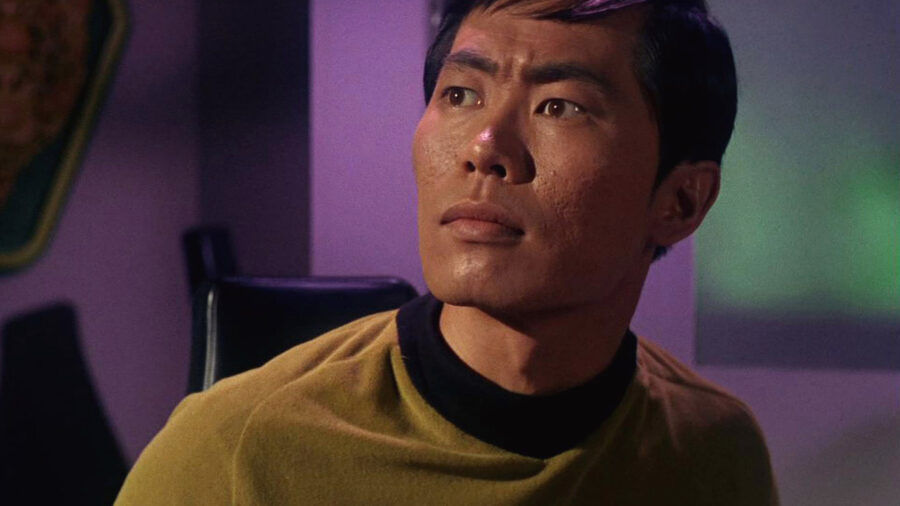
Unfortunately, Gene hit a snag. Every surname Roddenberry came across was specific to a particular nation.
Given that 20th-century Asia was, in Takei’s words, “turbulent with warfare, colonization, rebellion,” Roddenberry was hesitant to assign Sulu a name that would align him with one particular country over another.
Enter Roddenberry’s map of Asia and his discovery of the Sulu Sea. The Star Trek creator reportedly found an area on the map labeled the Sulu Sea off of the coast of the Philippines and instantly knew he had his name.
According to Takei, Roddenberry picked the Sulu Sea because “the waters of the sea touch all shores.”
Sulu Wasn’t Originally Japanese
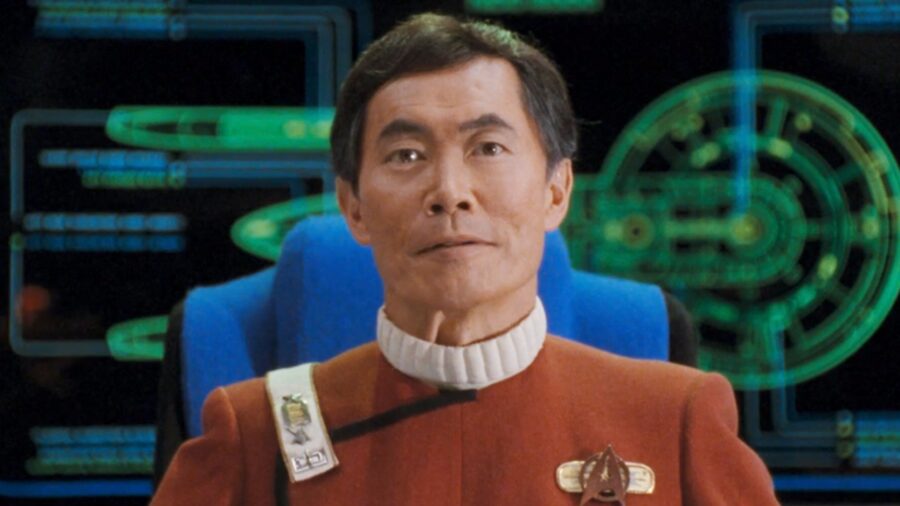
Roddenberry’s efforts to avoid tying Sulu to a specific nation may seem odd to fans who have always known the character as one of Japanese heritage.
What those fans might not know, though, is that Sulu being Japanese is, by most accounts, a retcon to Star Trek lore. Sulu—much like his name was meant to imply—was initially created to be pan-asian.
As Takei explains, Roddenberry’s theory was that in the 23rd century, when Star Trek took place, nearly everyone was of mixed heritage.
A combination of George Takei’s real-life Japanese ancestry and some early Star Trek novels eventually resulted in Japan becoming Sulu’s official nationality.
A New Sulu

The name Sulu would again represent Asians of all backgrounds when Korean-American actor John Cho was cast to play the part in J. J. Abrams’ 2007 Star Trek reboot.
While Abrams was initially worried about casting a non-Japanese actor in the role, it was actually George Takei who set his mind at ease. To the original Sulu actor, all that mattered was that an Asian-American still played the character.
Cho would go on to portray Sulu in three Star Trek films overall. In many ways, his casting was the epitome of what Roddenberry wanted the name Sulu to represent: a proud avatar representing all Eastern nations.
Leaving No One Behind
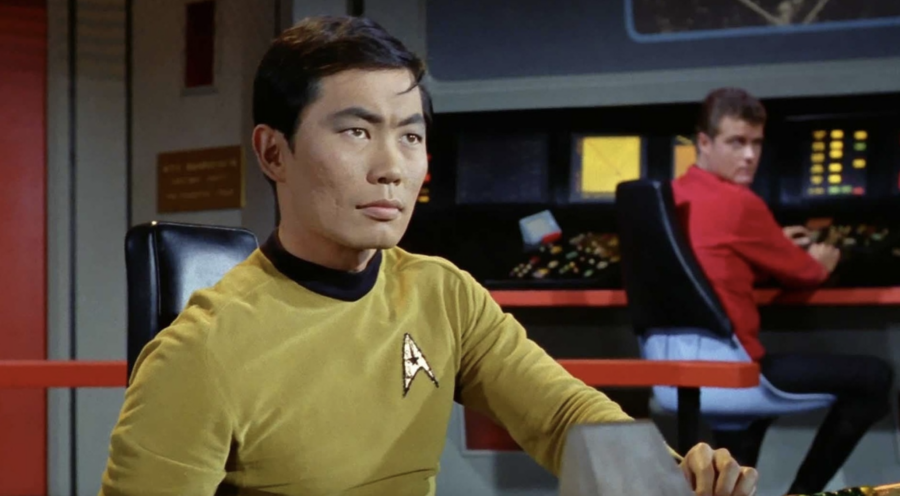
That’s not to say that all of Asia falls under the same umbrella but it’s important to look at the time in which Sulu was named. Late ’60s television, as stated above, wasn’t exactly a bustling utopia of positive Asian representation.
Roddenberry knew how difficult it would be to get one Asian American of any heritage on the bridge of the Enterprise, let alone multiple characters of varying ancestry.
Considering the period, Roddenberry’s search for a name like Sulu that could represent all of Asia was a concerted effort to make sure that no one watching at home felt left out. We think he did a pretty good job when taken in that context.











